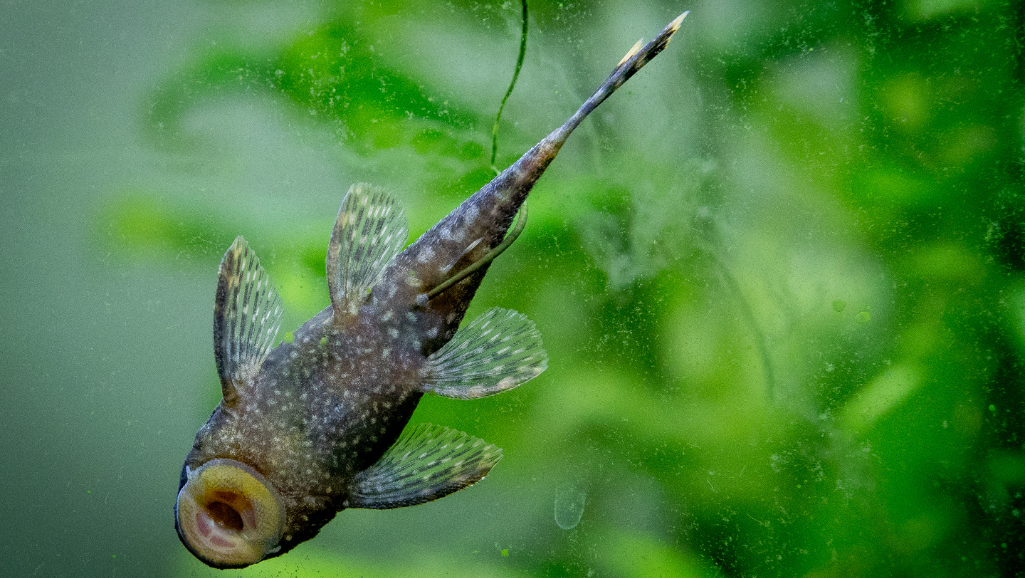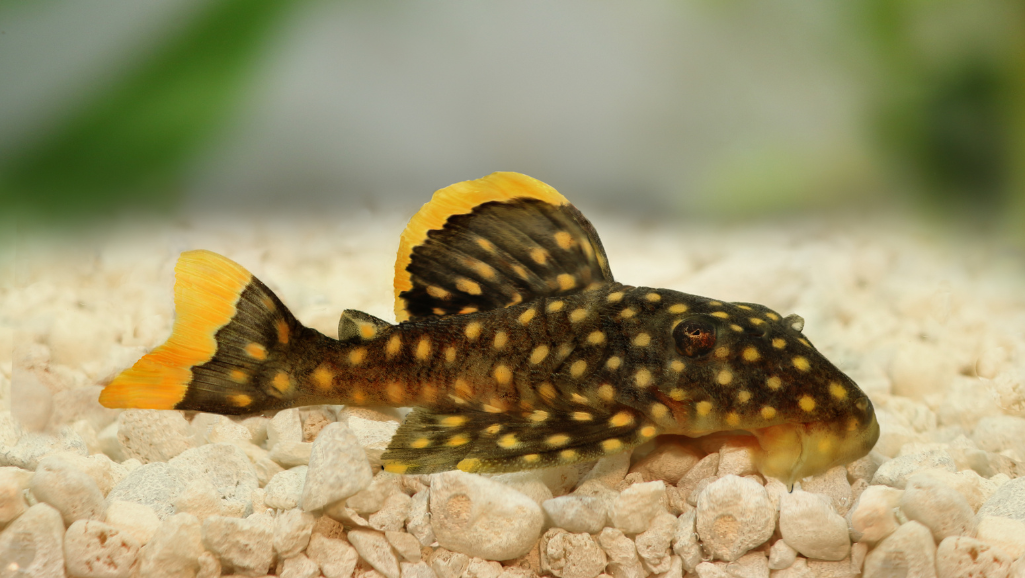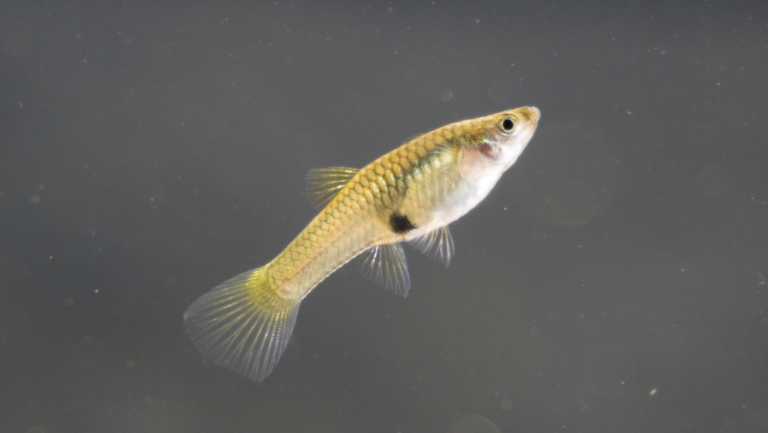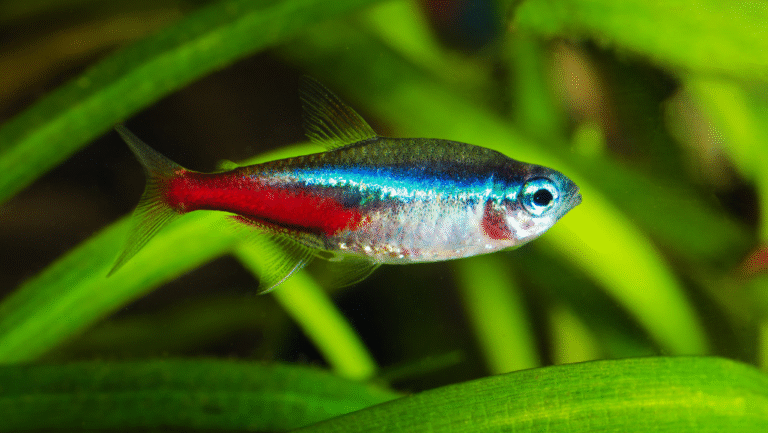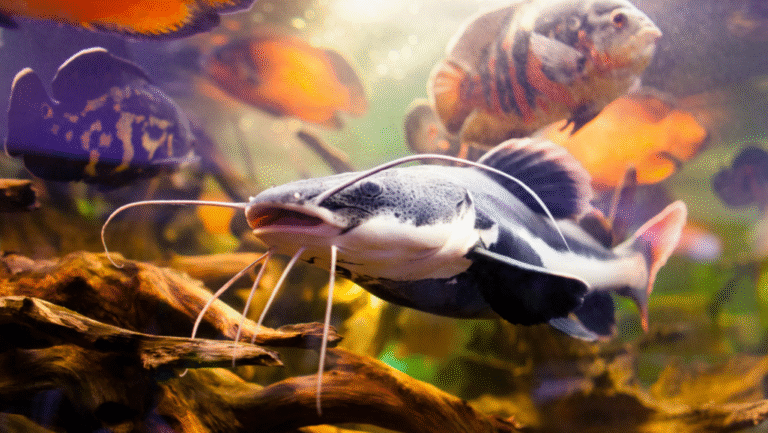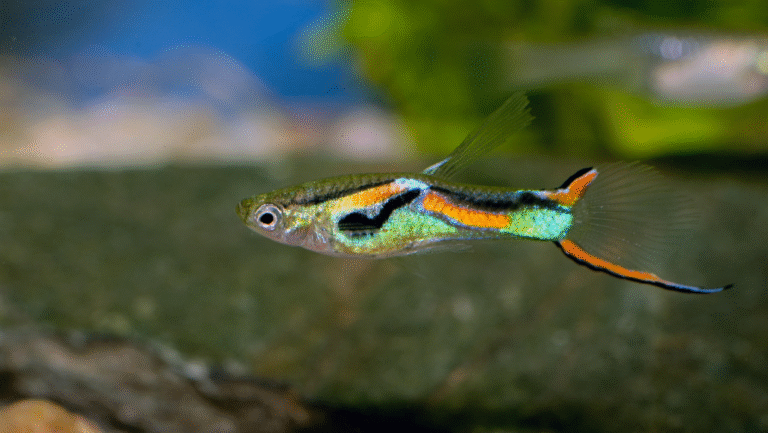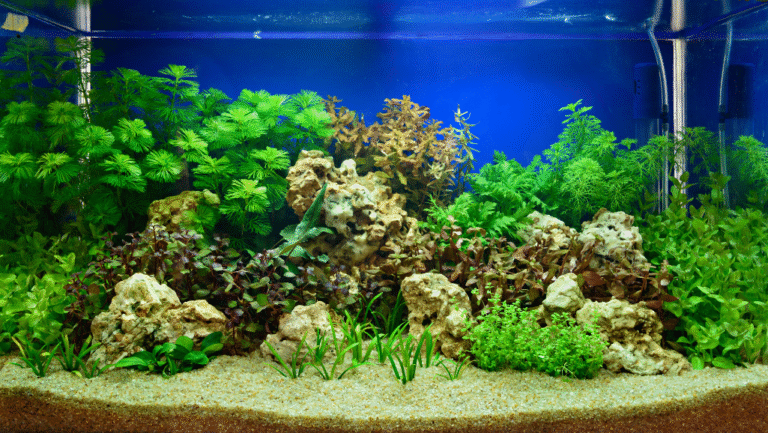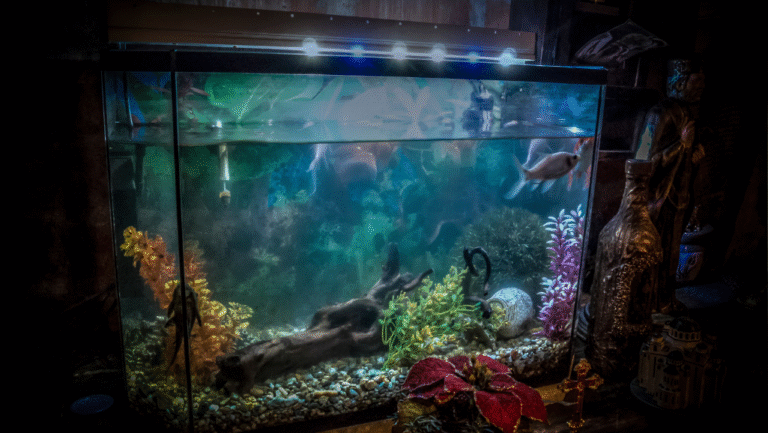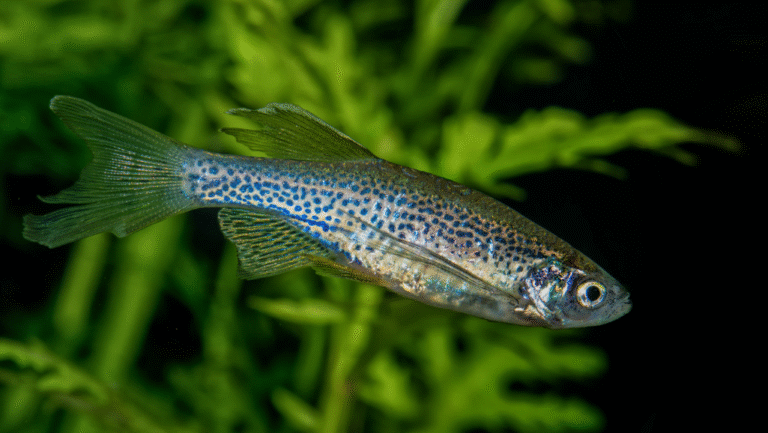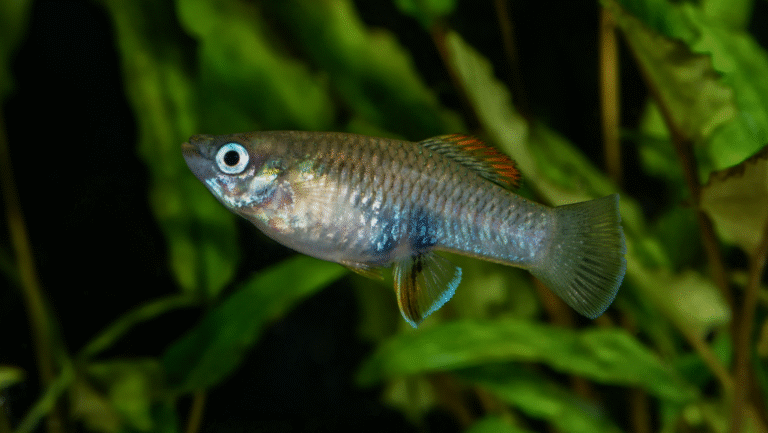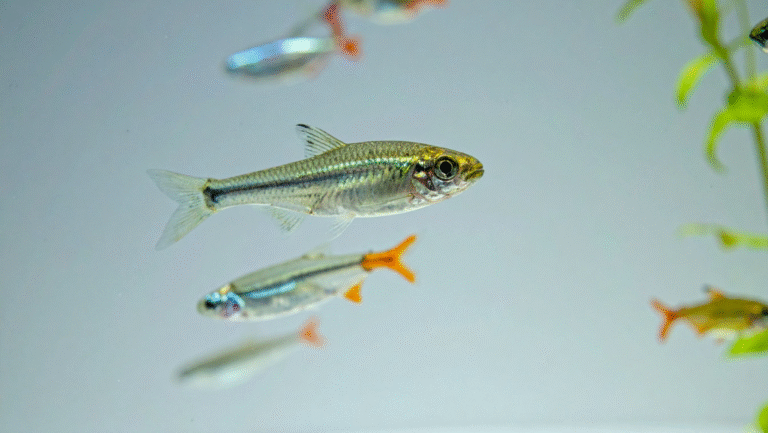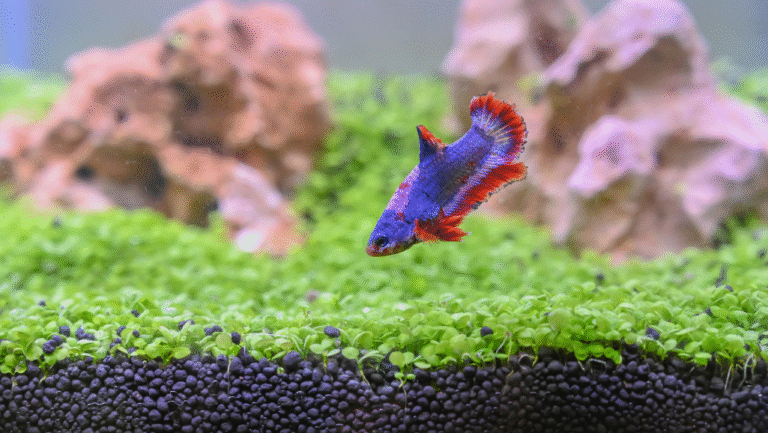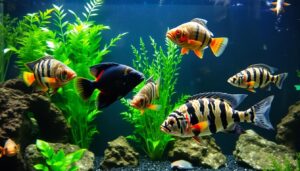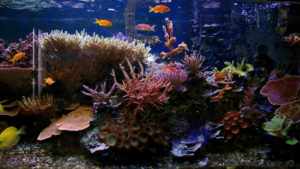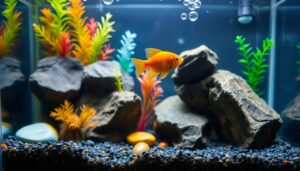Meet the bristlenose pleco, a small, charismatic freshwater fish that brings beauty and balance to home tanks. Native to the Amazon Basin and other parts of South America, this species stays compact at about 3–5 inches when fully grown.
The Ancistrus cirrhosus is a peaceful, bottom-dwelling forager that favors night activity. With a typical lifespan of 5–10 years, and sometimes up to 12 in careful care, it rewards steady owners with constant grazing and personality.
Care level is generally easy to intermediate. A 20–40 gallon tank suits adults, and a diet focused on algae, spirulina wafers, sinking pellets, and vegetables keeps them healthy. Males grow distinctive bristles by about six months, making sexing simple.
This introduction gives you the essential information you need to decide if this species fits your aquarium plans. Read on for setup tips, water targets, and feeding strategies that help these fish thrive.
Key Takeaways
- Ancistrus cirrhosus is a compact, peaceful freshwater fish ideal for community tanks.
- Adults reach about 3–5 inches and commonly live 5–10 years in captivity.
- Easy-to-intermediate care with a 20–40 gallon minimum tank for adults.
- Herbivore-leaning diet: algae, spirulina wafers, sinking pellets, and veggies.
- Males develop noticeable bristles around six months—useful for identification.
- Origin: fast-flowing tributaries in the Amazon and parts of South America.
Why Choose a Bristlenose Pleco for Your Freshwater Aquarium
These small algae-grazers bring steady cleanup and a calm presence to many home aquariums. They are peaceful, bottom-dwelling community fish that usually top out near five inches, so they fit well in medium tanks.
Practical benefits: bristlenose plecos help eat algae from glass and hardscape, support planted setups, and pair nicely with tetras or livebearers. Their herbivorous habits reduce nuisance growth but do add bio-load, so filtration still matters.
Care is forgiving: this species accepts a broad range of water conditions (roughly 73–81°F and pH 6.5–7.5). For many hobbyists the reputation for easy care means more time enjoying the display and less time troubleshooting.
Keep tank basics in mind: provide driftwood, caves, gentle flow, and oxygen-rich water to mimic their Amazon habitat. A single adult does well in a 20-gallon minimum, and routine maintenance—measured feeding, regular water tests, and filter service—keeps the whole tank healthier over time.
- Small size and calm temperament make them ideal for community tanks.
- They eat algae and complement peaceful freshwater fish without conflict.
- Easy-to-intermediate care helps both beginners and busy hobbyists succeed.
Spotting a Bristlenose Pleco: Size, Looks, and Popular Variants
A quick look at head shape, plates, and tentacles tells you a lot about this hardy aquarium resident.
The adult size is typically around 3–5 inches, a compact build that fits many tanks without overwhelming the layout.
These fish show bony armored plates, a broad flat head, and that underslung sucker mouth made for grazing glass and wood. Bristles begin to appear at about six months. Males develop fuller, longer facial tentacles while the female keeps shorter bristles near the mouth.
- Size planning: use inches estimates to choose caves and tunnels with room for turning.
- Appearance cues: lighter belly, darker back, and clear white or yellow spotting signal good health.
- Behavior: bottom-suction feeding—watch them vacuum algae from driftwood and rockwork.
- Popular variants: the albino bristlenose glows pale yellow-pink, Longfin shows elongated fins, Super Red gives warm orange-red color, and Starlight sparkles with white spots.
- Buy with confidence: confirm the trade name at purchase so the adult size and fin type match your expectations.
Observation of head width, bristle length, and spot pattern helps you tell individuals apart and plan future community or breeding choices in your tank area.
Set Up Your Pleco’s Tank the Right Way: Equipment, Layout, and Essentials
Start with size and flow: a proper tank and steady water movement give your fish room to forage and rest. For a single adult, plan a minimum 20-gallon tank. For community tanks, choose 29–40 gallons or larger for stable parameters and confident grazing space.
Filtration and aeration: favor strong mechanical and biological filters like canister units (Fluval FX4/FX6) to pull detritus from the lower column. Add supplemental aeration and consider under-gravel plates to keep oxygen at the bottom where these bottom-dwellers spend most of their time.
Aquascape essentials: anchor the layout with real driftwood to grow biofilm and provide dietary fiber. Plant hardy species and add caves and snug hideouts so each fish can claim a calm retreat during the day.
- Choose fine, smooth substrate that’s gentle on bellies and easy to vacuum.
- Keep lighting moderate to promote controlled algae without stressing fish.
- Make sure multiple sight breaks reduce territorial friction.
Create a habitat that feels like home and design your layout for easy maintenance so you can keep tank chores quick and effective.
Water Conditions to Keep Bristlenose Plecos Thriving
A reliable temperature band, balanced minerals, and gentle currents recreate the South America habitat these fish prefer. Pay attention to steady parameters; sudden swings stress the system and the inhabitants.
Temperature and chemistry: Aim for about 73–81°F (23–27°C) to keep metabolism and appetite steady. Many hobbyists report tolerance to slightly broader ranges, but stability matters most. Keep pH near neutral (around 6.5–7.5) and general hardness modest (2–12 dGH).
Flow and oxygenation: Provide gentle to moderate flow and abundant oxygen. A spray bar or air stone encourages circulation across the bottom where these freshwater grazers feed. Watch for surface-gulping; it often signals low oxygen or rising waste.
Safe water changes and stability tips
Schedule routine, moderate water changes to refresh minerals and lower nitrate without causing shocks. Match new water temperature closely to the tank during changes.
- Log parameters weekly and use test kits to catch trends early.
- Place returns to move water along the substrate and prevent detritus pockets.
- If your room runs cool, use a reliable heater and visible thermometer to avoid unnoticed drops.
Consistent care over time builds a resilient habitat and keeps your fish active, healthy, and confident in their tank home.
Feeding the Bristlenose Pleco: Daily Diet, Algae Wafers, and Vegetables
A balanced, plant-forward menu keeps your bottom-dweller active, colorful, and easy to care for. Aim for a diet that leans herbivore-first and uses algae wafers as a reliable staple.
Plant-first staples
Build meals around spirulina and sinking pellets, and offer one algae wafers portion once or twice daily. Feed small amounts at lights-out so shy fish can graze without competition.
Protein treats and frequency
Reserve protein like bloodworms or brine shrimp as an occasional treat. Give these sparingly—once every week or two—to avoid shifting their herbivore balance.
Veggies, driftwood, and signs of good nutrition
Offer blanched zucchini, cucumber, or shelled peas for variety. Make sure to remove uneaten vegetables after a few hours to protect water quality.
- Driftwood provides fiber and biofilm for constant grazing.
- Rotate foods to keep interest and micronutrients varied.
- Bright color, steady appetite, and regular grazing mean the food plan is working.
For more feeding details and recommended foods, see what to feed pleco. A smart diet supports growth, digestion, and the lively foraging behavior you want in your freshwater tank.
Peaceful by Nature: Behavior and Ideal Community Tank Mates
By daylight they favor shelter; by night they patrol the floor, searching every crevice for food. This species is calm, bottom-dwelling, and mostly active after lights-out. Expect resting in caves during the day and steady grazing at night.
Community harmony: In community tanks they pair well with small, peaceful fish like tetras and livebearers. Their cleaning habits benefit planted setups and they usually ignore midwater swimmers.
Nocturnal routines and bottom-dwelling habits
They browse biofilm and driftwood while avoiding bright light. At feeding time, shy individuals often wait until dark to approach food.
Best companions and when to avoid housing multiple males
A single bristlenose pleco settles easily, claiming a favorite hide. If you plan more than one, use one male per scape or add abundant caves to reduce conflict.
- Males will posture and spar as they mature; give parallel territories and extra hides.
- These plecos work well with shrimp and snails when food access is managed.
- Over-provision hides if other assertive bottom dwellers share the tank.
Design tip: a bottom-led layout with gentle flow and good oxygenation lets these fish do what they do best: graze, rest, repeat. With the right setup, males and females thrive side by side and your community stays peaceful.
Breeding Bristlenose Plecos at Home: From Caves to Fry
Getting a pair to spawn often comes down to diet, shelter, and a deliberate water cue. Start by conditioning adults on a plant-forward menu with occasional protein. Well-fed fish gain energy to court, build nests, and produce healthy eggs.
Conditioning and spawning sites
Provide multiple snug caves—PVC, hollow driftwood, or ceramic tubes—each with a single protected entrance. These sites let a male claim an area and reduce fights between males and females.
Triggering spawning with a rain cue
Simulate the rainy season with a cooler, large water change (up to ~75%). This sudden shift often prompts courtship and nest preparation within a short time.
Egg care and hatch timing
The male cleans the selected cave, the female lays adhesive orange eggs, and the male fertilizes and guards the clutch. He will fan eggs to keep them oxygenated.
Hatch usually occurs in about 4–10 days. Minimize disturbances and keep lighting steady during this period.
Raising fry safely
After yolk absorption, fry emerge to graze algae and biofilm. Supplement with crushed spirulina, finely crushed wafers, and blanched vegetables.
- Make sure intakes are pre-filtered and flow is gentle near the breeding area.
- Avoid housing multiple mature males in a tight tank—territorial disputes can harm breeding success.
- With proper caves and patience, this fish species shows reliable parental care and fast-growing fry.
Tip: a dedicated breeding tank with extra caves and stable parameters raises success rates and protects tiny fry.
Conclusion
Adding a bristlenose pleco to your aquarium gives fast, visible rewards for simple care. This small, hardy freshwater species reaches about 3–5 inches and fits well in a 20-gallon or larger tank.
Keep the plan simple: steady water, good aeration, wood and snug hides, and a plant-forward diet with algae wafers and fresh vegetables. Feed thoughtfully and offer protein only as an occasional treat.
In community tanks these plecos work quietly as grazers, lower nuisance algae, and encourage better daily maintenance. If you breed them, one male plus tight hides and strong oxygenation often leads to guarded clutches and fry in about 4–10 days.
Use this information and the right name on your shopping list to build a resilient, beautiful freshwater showcase—one measured change at a time.
